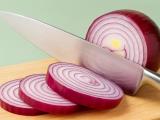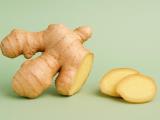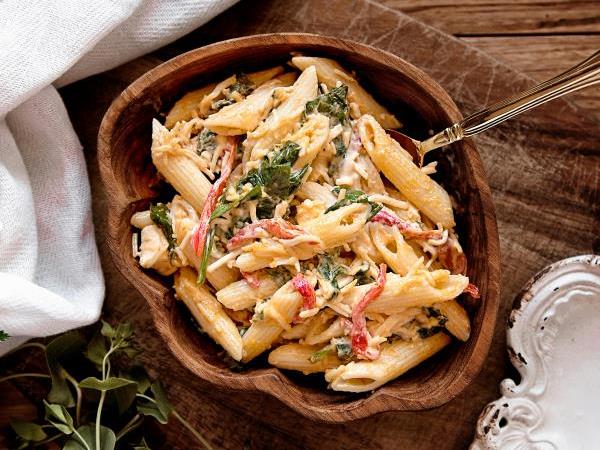Pasta - a source of sustained energy
Whole grain pasta is made from whole wheat grains, which means they contain more fiber, vitamins, and minerals than white pasta. Fiber plays a crucial role in digestion, as it helps regulate blood sugar levels and reduce hunger. Research shows that a diet rich in fiber reduces the risk of type 2 diabetes and heart disease. According to the American Heart Association (AHA), adults should consume at least 25 to 30 grams of fiber per day, but the average intake often does not exceed 15 grams.
Pasta and proteins - a perfect combination
Although pasta is often associated with carbohydrates, it can also be an important source of proteins, especially when combined with other foods. One serving of whole grain pasta (about 100 g) contains around 7–8 g of proteins. If consumed with dairy products, such as cottage cheese or yogurt, or with protein-rich sauces (e.g. bean or lentil sauce), we can easily reach the recommended daily intake of proteins.
Proteins are essential for muscle repair, enzyme formation, and overall body function. According to the recommendations of the European Food Safety Agency (EFSA), an adult should consume about 0.8 g of proteins per kilogram of body weight daily. This means that a person weighing 70 kg needs at least 56 g of proteins per day - a portion can easily be achieved by combining pasta with other protein-rich foods.
Pasta and weight loss - yes or no?
Many people avoid pasta because they believe it leads to weight gain. However, numerous studies show that this is not necessarily true. A study published in the journal BMJ Open showed that people who regularly consumed pasta as part of a balanced low glycemic index (GI) diet did not gain weight. The glycemic index measures how quickly certain foods affect blood sugar levels. Whole grain pasta has a lower GI than white pasta, which means it provides a more consistent release of energy and prevents sudden insulin spikes.
Which type of pasta to choose?
There are many types of pasta available in the market, so it's important to choose those that best support our health:
- Whole grain pasta - contains more fiber and nutrients than white pasta and has a lower glycemic index.
- Lentil, chickpea, or pea pasta - made from lentils, chickpeas, or peas and contains more proteins and fiber.
- Quinoa pasta - rich in essential amino acids and an excellent choice for people with gluten intolerance.
- Rice or corn pasta - a gluten-free alternative that is easier to digest.
Can pasta be part of a healthy diet?
Pasta can be an excellent part of a balanced diet if chosen wisely and combined with other nutritious foods. Whole grain and protein-rich pasta can contribute to long-lasting satiety, improved digestion, and stable energy levels. The key is to enjoy pasta in moderate amounts and combine it with high-quality proteins and healthy fats. This way, pasta will become an important part of a healthy lifestyle - not only a delicious but also a beneficial meal.









 Would you like to be informed about news on the website?
Would you like to be informed about news on the website?

